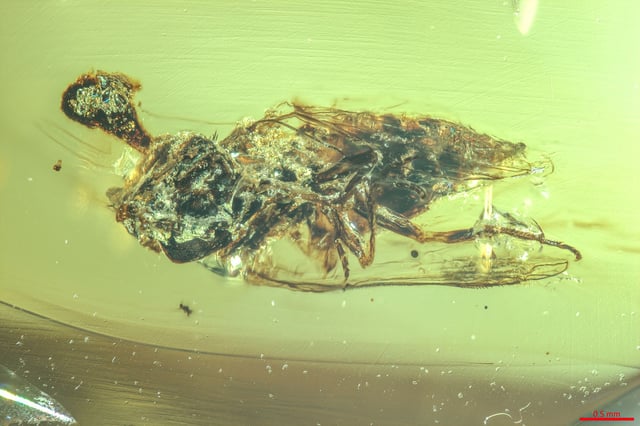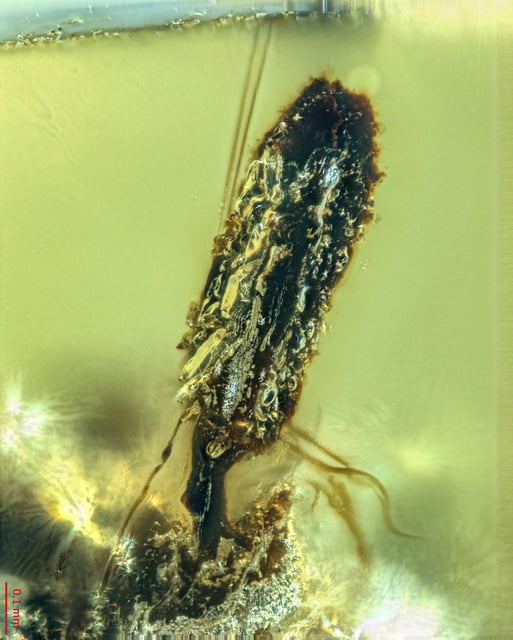Overview
- A fly and an ant pupa entombed in Myanmar amber preserve fruiting bodies erupting from their hosts, dating the infections to about 99 million years ago.
- Researchers identified two new Paleoophiocordyceps species—P. gerontoformicae on the ant and P. ironomyiae on the fly—linking them to modern Ophiocordyceps fungi.
- Micro-computed tomography revealed spores and domelike structures nearly identical to those of contemporary zombie-ant fungi, indicating similar parasitic strategies.
- The discovery pushes back the known origins of behavioral manipulation by Ophiocordyceps ancestors by tens of millions of years and suggests these fungi helped regulate insect populations.
- Specimens were acquired before 2017 from Myanmar’s amber markets, and authors confirmed no involvement in armed conflict or ethnic strife to address provenance concerns.



